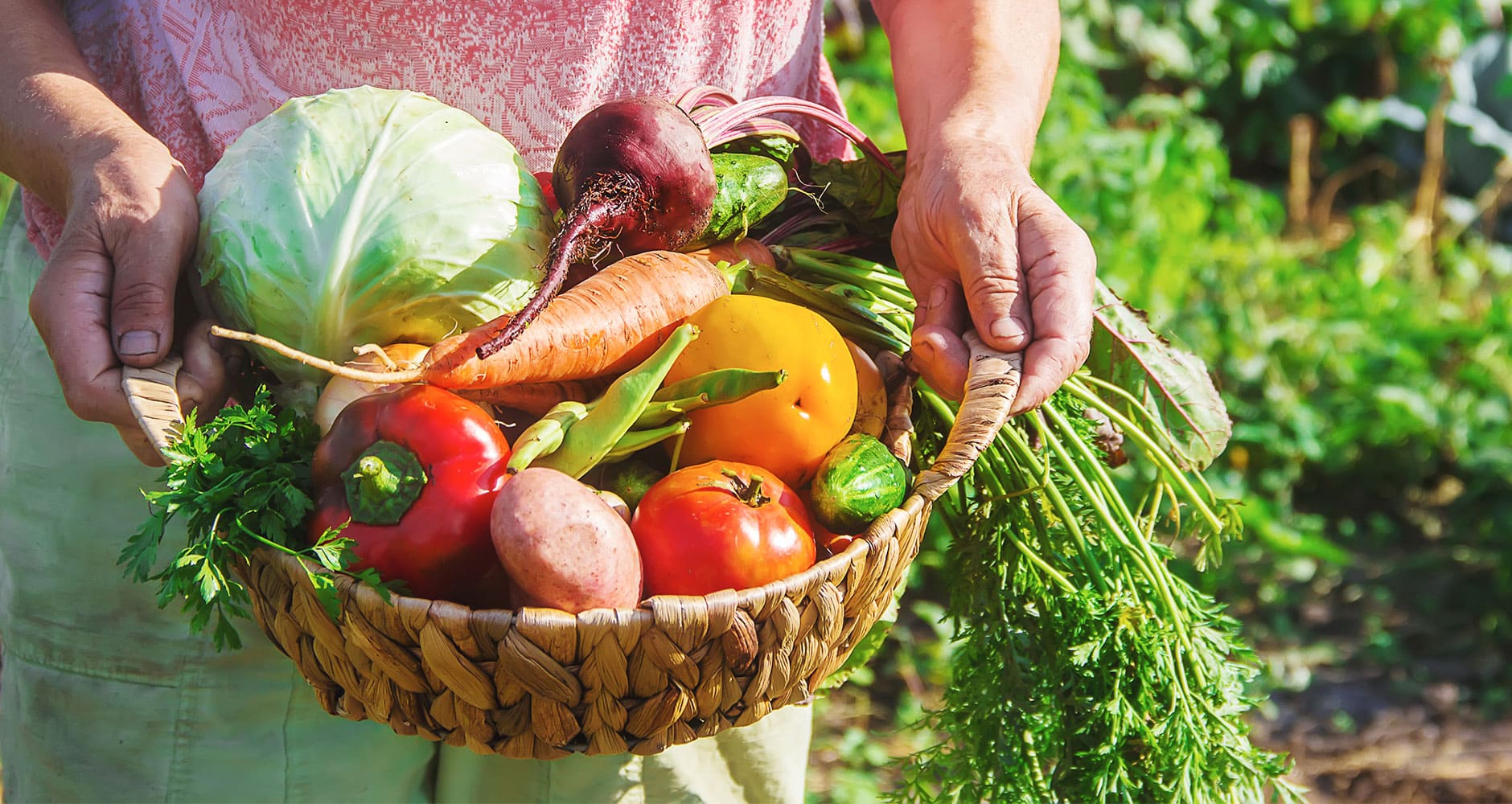Master Seasonal Veggie Gardening Tips: Your Ultimate Guide

Are you ready to transform your backyard into a thriving oasis of fresh, homegrown vegetables? Seasonal gardening is not just a hobby; it's an art form that can yield a bountiful harvest and a sense of accomplishment. Whether you're a seasoned gardener or a novice looking to get your hands dirty, this guide will provide you with the essential seasonal gardening tips for vegetable growth. Let's dive in and discover how to cultivate a flourishing garden that will be the envy of your neighborhood.
Understanding Seasonal Planting
Before you start digging, it's crucial to understand the basics of seasonal planting. Different vegetables thrive in different seasons, and knowing when to plant can make all the difference in your garden's success.
Spring Gardening: The Season of New Beginnings
Spring is the perfect time to start your garden. The soil is warming up, and the days are getting longer. Some of the best vegetables to plant in spring include:
- Lettuce and Spinach: These leafy greens love cooler temperatures and can be harvested early in the season.
- Peas and Radishes: These fast-growing vegetables are perfect for early spring planting.
- Carrots and Beets: These root vegetables can be sown directly into the garden as soon as the soil can be worked.
Summer Gardening: The Season of Abundance
Summer is the time for warm-season vegetables that love the heat. Some of the best vegetables to plant in summer include:
- Tomatoes and Peppers: These heat-loving plants thrive in the summer sun.
- Cucumbers and Zucchini: These vining plants produce abundantly during the warm summer months.
- Beans and Corn: These vegetables require warm soil and plenty of sunlight to grow.
Fall Gardening: The Season of Harvest
Fall is the time to plant cool-season vegetables that can withstand the cooler temperatures. Some of the best vegetables to plant in fall include:
- Broccoli and Cauliflower: These cruciferous vegetables thrive in cooler weather.
- Kale and Swiss Chard: These leafy greens can tolerate light frosts and continue to grow well into the fall.
- Turnips and Rutabagas: These root vegetables can be planted in late summer for a fall harvest.
Optimal Growth: Tips for Successful Seasonal Gardening
Now that you know when to plant, let's discuss some tips for optimal growth.
Prepare Your Soil
The foundation of a successful garden is healthy soil. Before planting, make sure to test your soil's pH and nutrient levels. Adding compost or organic matter can improve soil structure and fertility.
Choose the Right Location
Most vegetables require at least 6-8 hours of sunlight per day. Choose a location that gets plenty of sun and has good drainage. Avoid areas that are prone to flooding or have poor soil.
Water Wisely
Proper watering is essential for optimal growth. Water your plants deeply and less frequently to encourage deep root growth. Avoid overwatering, as it can lead to root rot and other diseases.
Control Pests and Diseases
Pests and diseases can wreak havoc on your garden. Regularly inspect your plants for signs of pests or diseases. Use organic pest control methods and rotate your crops to prevent the buildup of pests and diseases.
Garden Care: Maintaining Your Seasonal Garden
Maintaining your garden throughout the season is key to a successful harvest. Here are some garden care tips to keep in mind:
Mulch Your Garden
Mulching your garden can help retain moisture, suppress weeds, and regulate soil temperature. Use organic mulch like straw, wood chips, or grass clippings.
Fertilize Regularly
Regular fertilization can help promote healthy growth and increase yields. Use a balanced organic fertilizer or compost tea to provide your plants with the nutrients they need.
Prune and Train Your Plants
Pruning and training your plants can help improve air circulation, prevent diseases, and increase yields. Remove dead or diseased leaves and branches, and use trellises or cages to support vining plants.
Harvest at the Right Time
Knowing when to harvest your vegetables is crucial for optimal flavor and nutrition. Harvest your vegetables when they are ripe but not overripe. Regularly harvesting can also encourage your plants to produce more.
Conclusion: Embrace the Seasons and Reap the Rewards
Seasonal gardening is a rewarding hobby that can provide you with fresh, homegrown vegetables year-round. By understanding the basics of seasonal planting, following tips for optimal growth, and maintaining your garden throughout the season, you can cultivate a thriving oasis of fresh produce. Embrace the seasons, get your hands dirty, and reap the rewards of your hard work. Happy gardening!
FAQs
What are the best vegetables to plant in spring?
- Some of the best vegetables to plant in spring include lettuce, spinach, peas, radishes, carrots, and beets.
How often should I water my garden?
- Water your garden deeply and less frequently to encourage deep root growth. Aim for about 1 inch of water per week, either from rainfall or irrigation.
What is the best way to control pests and diseases in my garden?
- Use organic pest control methods and rotate your crops to prevent the buildup of pests and diseases. Regularly inspect your plants for signs of pests or diseases.
When is the best time to harvest my vegetables?
- Harvest your vegetables when they are ripe but not overripe. Regularly harvesting can also encourage your plants to produce more.
How can I improve the soil in my garden?
- Test your soil's pH and nutrient levels. Adding compost or organic matter can improve soil structure and fertility.


0 Response to "Master Seasonal Veggie Gardening Tips: Your Ultimate Guide"
Post a Comment